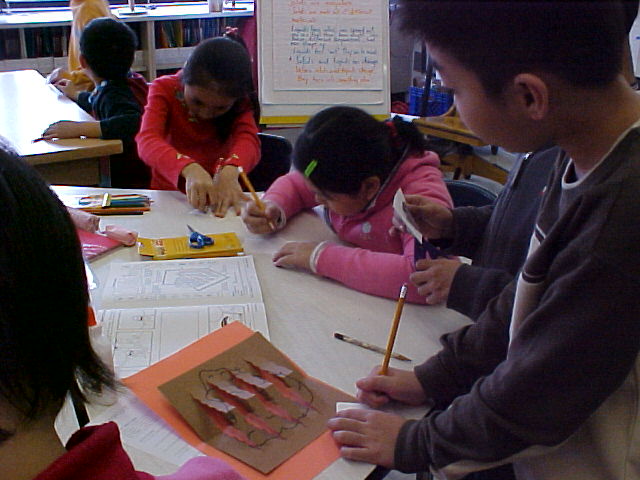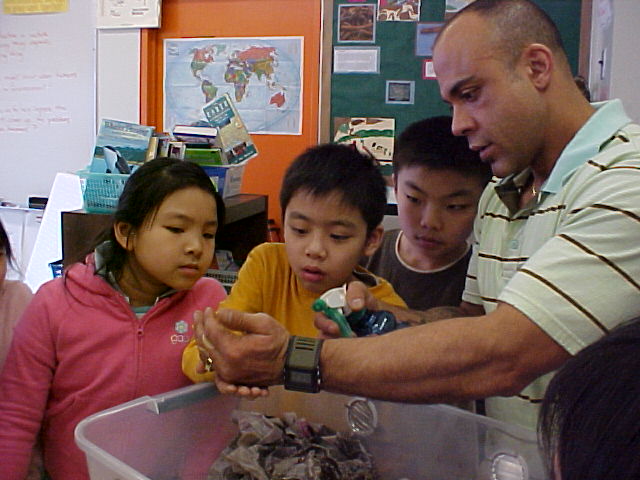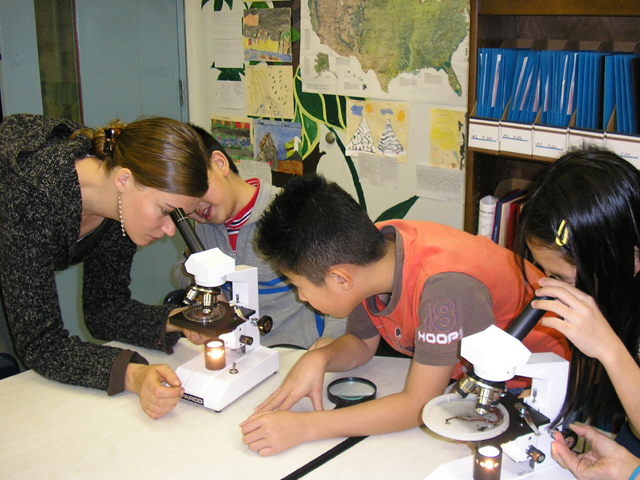Com-Post With Us?
| Name: |
Hilton Dionet |
| School: |
PS 124 |
| Address: |
40 Division Street |
| City: |
New York, NY, 10280 |
| Original Project: |
Com-Post With Us? |
| Author: |
Rosa Duarte |
| URL: |
http://teachersnetwork.org/teachnet-lab/miami/2005/duarte2/lessons.htm |
How did you modify this unit for use in your own classroom?: All activities were conducted within the school building due to inclement weather conditions.
List your primary instructional objectives for your students.
| |
To understand the importance of recycling and to promote awareness within the school community in order to recycle waste accordingly |
| |
To set up and maintain a worm bin in order to experience how organic waste can be turned into compost or fertilizer |
| |
To understand relationships between earthworms and organic waste management |
| |
To model conservation through art |
What role did technology play in this curriculum unit?: Technology played a key role in our curriculum unit of recycling and composting. Students were able to use the Internet to research our topic. They printed information and created and saved a file containing records of observations, data and conclusions. Our technology became the most accessible resource within the classroom. Web sites used included: Lower East Side Ecology Center lesecologycenter.org NYC Compost Project NYCcompost.org Department of Sanitation NYC.gov/sanitation Industrial and Technology Assistance Corp. itac.org Central Park Conservancy centralparknyc.org Info Resources Online on Community Gardens OasisNYC.net
How did you assess and evaluate student performance?: Students were assessed in a variety of ways though out the curriculum unit. Students promoted awareness on recylcing in our school by creating posters, flyers, and recycling bins. They also created a compost bin and constructed art projects.
Please tell us briefly about your background & teaching experience: Mr. Dione has been teaching for 17 years. He has taught Science for 12 years to both lower and upper grade elementary students. The rest of the time , he was a classroom teacher.
What are your recommendations for other teachers interested in adapting this unit?: Spring, summer or fall would be the best time to expand the unit by using outdoor resources such as school gardens to create a natural compost area that could be used for planting throughout the unit.
Samples of Student Projects
| |
1. Reduce, Reuse, Recycle! Students created flyers and banners to promote awareness on the importance of recycling in our school. Also, they worked with the school custodians to assign areas around the school for recycling. |
| |
 |
| |
|
| |
2. We Compost to Reduce Waste Students built and maintained a worm bin to demonstrate nature's way of recycling. On a regular basis, they collected biodegradable materials such as twigs, grass clippings, fruit and vegetable peels, egg shells, coffee grounds, or tea bags to create a nature compost. |
| |
 |
| |
|
| |
3.Compost Critters Students understood the work of worms and their companions in and out of the bin by recording observations, interpreting data, and arriving at conclusions. |
| |
 |
|